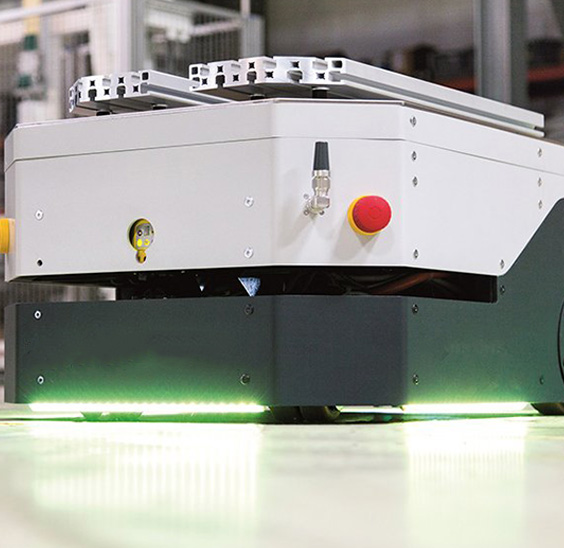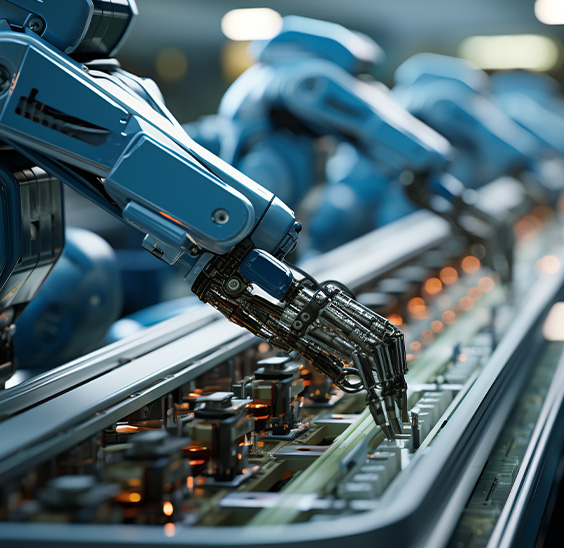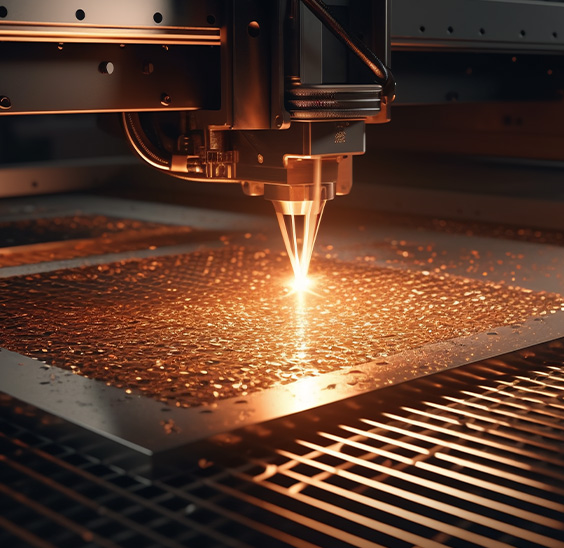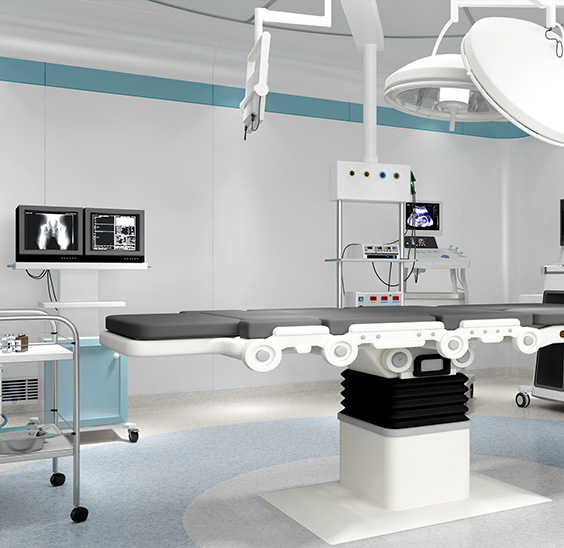Brushless DC Gear Motors: The Future of Efficient and Reliable Power Transmission
In the realm of modern electromechanical systems, Brushless DC Gear Motors (BLDC Gear Motors) have emerged as a cornerstone of innovation, combining the efficiency of brushless DC motors with the precision of gear reduction mechanisms. These motors are not just an upgrade over traditional brushed DC motors; they represent a paradigm shift in energy conversion and power transmission, catering to the demands of a wide array of industries.
At the core of a BLDC gear motor lies the brushless DC motor, which, unlike its brushed counterpart, does not rely on mechanical brushes and commutators to switch current direction. Instead, it utilizes electronic commutation controlled by an external electronic speed controller (ESC). This electronic control system not only enhances the motor's efficiency by minimizing frictional losses but also extends its lifespan by eliminating wear and tear associated with mechanical commutation.
The stator of a BLDC motor, composed of silicon steel laminations embedded with multiple coils (typically in a three-phase configuration), generates a rotating magnetic field when energized. The rotor, made up of permanent magnets, follows this rotating field due to magnetic attraction and repulsion, resulting in rotation. The integration of a gearbox further refines this rotation, providing a controlled and precise output torque suitable for various applications.
One of the most compelling advantages of BLDC gear motors is their exceptional efficiency, often hovering between 85% and 95%. This high efficiency stems from the elimination of brush-related friction, which significantly reduces energy waste. Moreover, the absence of mechanical wear parts contributes to a longer operational lifespan, typically measured in thousands of hours. This makes BLDC gear motors ideal for applications requiring continuous, reliable operation over extended periods.
Another significant benefit is the low noise level during operation. The electronic commutation avoids the sparking and vibrations associated with brushed motors, making BLDC gear motors suitable for noise-sensitive environments. Coupled with high torque density, these motors offer compact packages capable of delivering substantial torque, making them perfect for applications where space is a constraint but power is crucial.
The versatility of BLDC gear motors is further enhanced by advanced control strategies. From basic six-step commutation to more sophisticated techniques like trapezoidal control, sinusoidal control, and field-oriented control (FOC), these strategies enable precise speed and position control. FOC, in particular, allows for decoupling of the motor's magnetic field and torque, facilitating optimal efficiency and performance in high-precision scenarios.
The applications of BLDC gear motors span numerous industries. In the automotive sector, they power electric vehicles, providing both high efficiency and torque for swift acceleration and smooth operation. In industrial automation, they drive conveyors, lifts, and robots, ensuring precise speed and position control. Household appliances, such as air conditioners, refrigerators, and washing machines, benefit from their efficient, low-noise drive systems. Medical devices, including ventilators and surgical robots, rely on BLDC gear motors for their precision and reliability. Aerospace technology, with its demand for high-performance motors in extreme conditions, also finds BLDC gear motors indispensable.


 EN
EN  English
English 中文简体
中文简体 русский
русский Español
Español


















